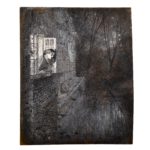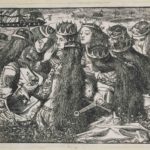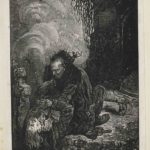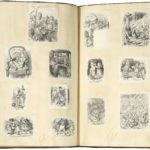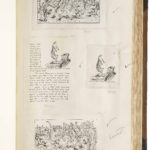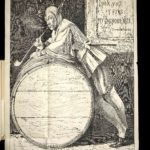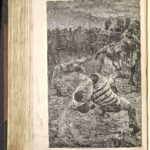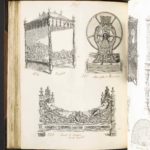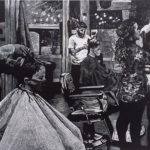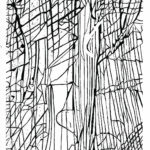Exhibition at the British Museum, 17th May to 4th September, Gallery 90a. Free, details on British Museum website here
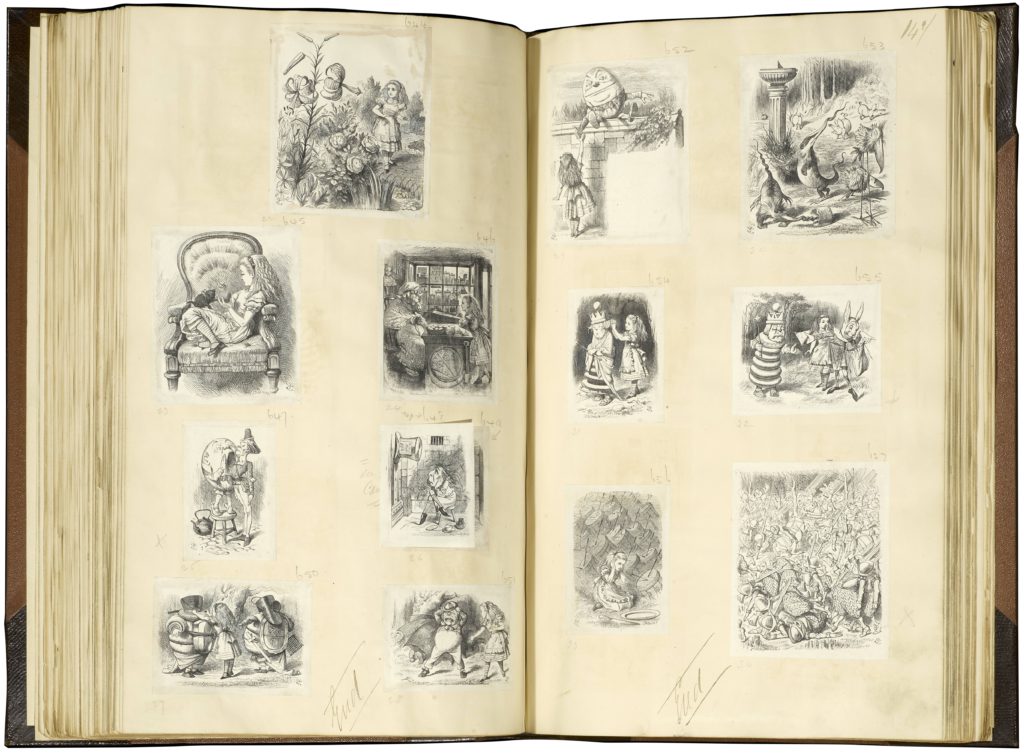
Lewis Carroll’s Alice books, Pre-Raphaelite visions of medieval fantasy, novels by Charles Dickens and poetry by Christina Rossetti: some of the most enduring and globally famous illustrations to come out of Victorian Britain were engraved on boxwood by the leading wood engravers of the century: the Brothers Dalziel. Known as ‘woodpeckers’, engravers shaped a century of mass visual culture, but their contribution has often been neglected in favour of the more famous designers whose drawings they materialised – artists such as John Tenniel, Dante Gabriel Rossetti, John Everett Millais, Frederic Leighton and others. A new exhibition at the British Museum celebrates the work of Dalziel; around 50 works are on display, from engravers’ proofs of Dalziel’s most famous works, to technical experiments, commercial posters and political journalism.
From the 1830s until late in the century, wood engraving was the main technology for mass producing images alongside text. The medium sparked a boom in image circulation comparable to that of digital photography in our time. To produce a wood engraving, a design was drawn on a hard boxwood block and the white parts of the design were cut out, leaving the black parts in relief. The technique was economical because it enabled the streamlining of illustration production – blocks were type high, so they could be inked on the surface and printed alongside text. The use of dense boxwood endgrain blocks (rather than side grain) meant that cutting could be more detailed which raised the quality of illustrations.
Dalziel Brothers (1839-1893) was the dominant wood-engraving firm of its day. It was founded by George and Edward Dalziel, who were later joined by a sister, Margaret, and two brothers, John and Thomas. By the early 1850s their work was simply signed ‘Dalziel’. The company employed at least thirty-six wood-engravers (freelance and staff), who collaborated with the artists who provided designs for prints. The Dalziel Archive of around 54,000 prints was acquired by the British Museum in 1913. The firm’s archive is explored further in a new book by Bethan Stevens, The Wood Engravers’ Self-Portrait; Stevens curated the show and has worked in partnership with the British Museum to catalogue Dalziel’s work and investigate the firm’s history.
On show at the British Museum until September 2022, The Woodpecking Factory explores several aspects of Dalziel’s work. Part of the exhibition looks at how wood engravings were made, exhibiting proofs, specialist tools and woodblocks, as well as preliminary drawings by designers such as Frederick Sandys and George J Pinwell; works that inspired the artists are also on show, including a print by Albrecht Dürer. Other parts of the exhibition explore Dalziel’s role in interpreting literary texts, from bestselling novels by Dickens and Anthony Trollope, to the boom in children’s literature that followed the success of Alice. The exhibition displays, for the first time, four experimental engravers’ proofs that were commissioned by Lewis Carroll to compare wood and photomechanical print processes, in preparation for his facsimile of Alice’s Adventures Under Ground (1886). Dalziel’s commercial success is explored, from Christmas giftbooks, to the firm’s work on the Art Union catalogue for the Great Exhibition of 1851. Prints from the ambitious fine art Bible Gallery are also on show. Finally, the exhibition showcases contemporary responses to Dalziel by artists Peter S Smith and Chris Pig, who explore the legacy of Dalziel’s work, which continues to inspire new experiments in printmaking.
